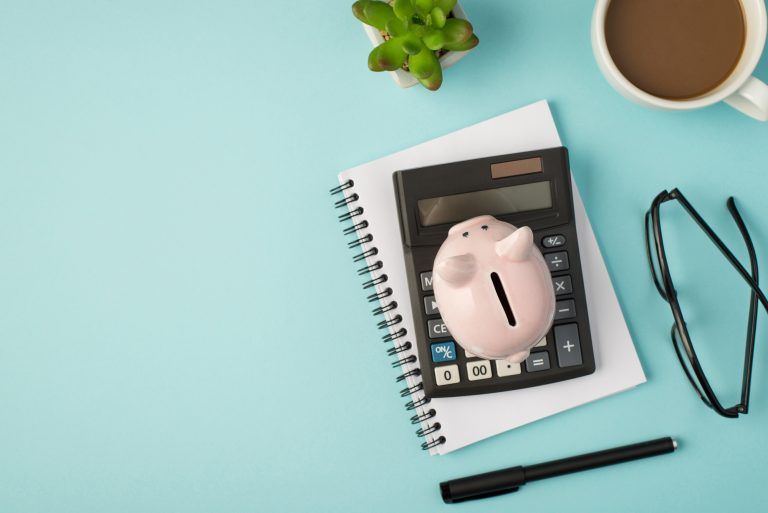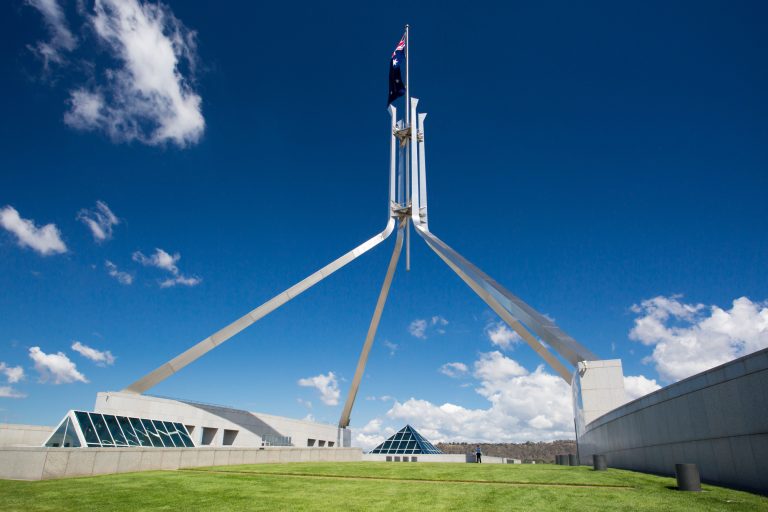Helping Your Kids Buy Their First Home Without Stealing Their Dreams
Buying a home in Australia has become a monumental challenge. With skyrocketing property prices and average mortgage debts exceeding $600,000, many young Australians feel homeownership is out of reach.
As parents (or grandparents), the desire to help is natural. But how do you assist without handing over lump sums that strip away the satisfaction and life skills that come with saving and achieving a goal?
The answer lies in strategic, gradual support—helping them while preserving their sense of ownership and accomplishment.
The Challenges of Today’s Housing Market
Australian property prices have been driven up by factors like:
- Government subsidies (e.g., first-home buyer grants) that inflate valuations.
- Historically low interest rates, which increased borrowing power.
The result? Homeownership now comes with a crushing debt burden, often requiring decades of repayments.
For many young Australians, it’s actually cheaper to rent than buy. But homeownership still holds emotional and financial value, creating security and stability for families.
How Parents and Grandparents Can Help—Without Overstepping
One of the best ways to assist is by utilising the First Home Super Saver (FHSS) Scheme. This little-known strategy offers a tax-effective way for your kids to save for a deposit.
What Is the First Home Super Saver Scheme?
The FHSS Scheme allows individuals to make voluntary contributions to superannuation and withdraw up to:
- $50,000 per person (plus earnings) to use as a deposit.
The contributions are taxed at just 15%, significantly less than most people’s marginal tax rate.
Why the FHSS Scheme Works
For someone earning between $45,000 and $135,000, their marginal tax rate (including Medicare) is 32%. By salary sacrificing into super, they save 17% on every dollar they contribute:
- For every $1,000 contributed, they save $170 in tax.
- Over time, these savings can make a huge difference, helping them reach their deposit goal faster.
How Parents Can Offer Meaningful Support
Parents can’t directly contribute to their children’s FHSS accounts, but they can:
- Offset the cash flow impact of salary sacrifice.
- Example: If your child salary sacrifices $10,000 into super, they’ll only see $6,800 in reduced cash flow (after 15% tax). You can replace some or all of this shortfall to help them save without causing financial stress.
The key is finding the balance:
- Offer enough support to make a difference, but…
- Ensure they still feel the satisfaction of achieving their goals.
Why Lump Sums Aren’t the Answer
Handing over a large lump sum might seem like the easiest solution, but it can rob your kids of the experience of saving and achieving a major milestone.
As my investment mentor Peter Thornhill, says, “Don’t steal your kids’ dreams.” The journey of saving and working toward homeownership is invaluable—it builds character, discipline, and financial literacy.
A Team Effort: Parents, Grandparents, and the Next Generation
Helping your kids buy their first home doesn’t need to be a solo effort. Often, it’s a three-generational goal, with grandparents, parents, and children all contributing in their own way.
By working together, you can provide:
- Encouragement to save through the FHSS scheme.
- Progressive support to ease the burden without overstepping.
- A lasting sense of achievement for your children, knowing they played a key role in building their future.
Final Thoughts
Helping your kids buy a home is about more than money—it’s about giving them the tools, support, and confidence to succeed. By leveraging strategies like the FHSS scheme and offering balanced, thoughtful assistance, you can help them achieve their dreams without taking away the satisfaction of earning it.
It’s a team effort, rooted in one goal: providing security, stability, and a brighter future for the next generation.
The information provided in this article is general in nature only and does not constitute personal financial advice.






